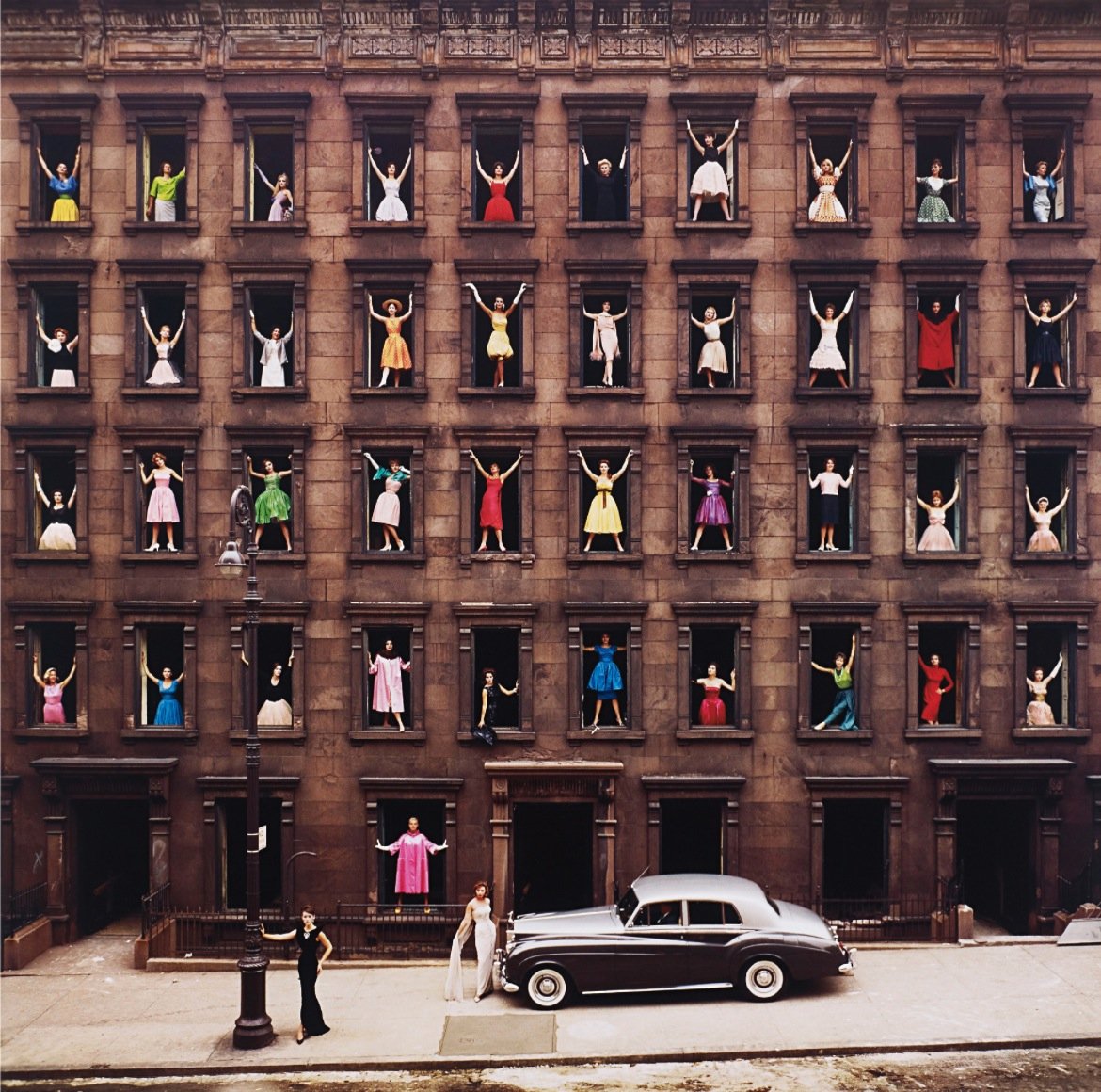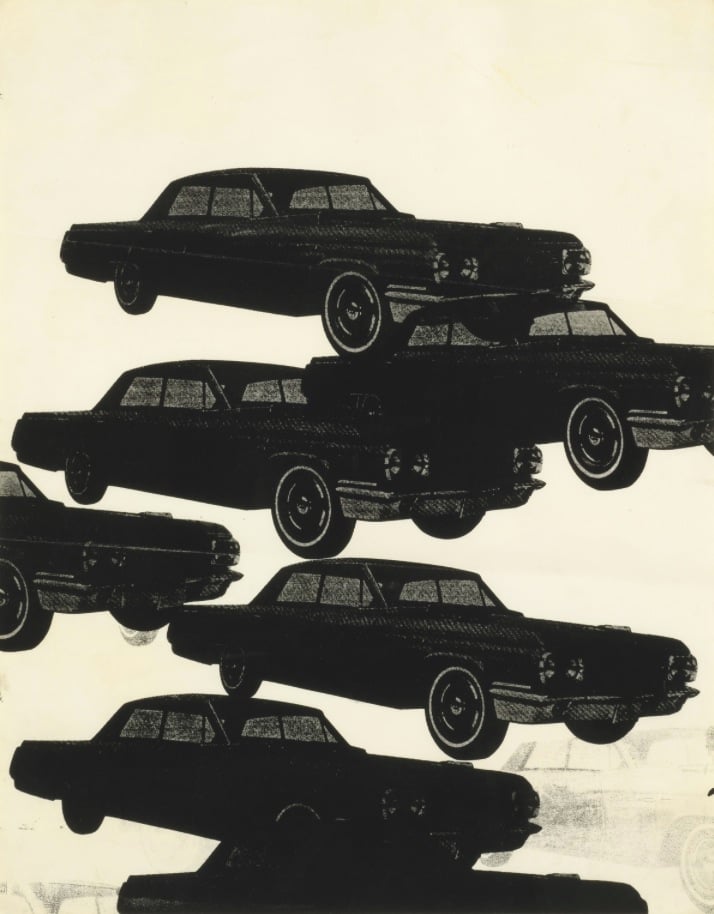Automotive milk bath: The sinking Beetle of Ivan Puig
The Mexico-based artist Ivan Puig clearly felt it a good idea, however - and sent a VW Beetle to the spa. Whether it emerged as a Porsche 911 is not known.
The Mexico-based artist Ivan Puig clearly felt it a good idea, however - and sent a VW Beetle to the spa. Whether it emerged as a Porsche 911 is not known.
Wheels are like the cufflinks of cars – relatively basic in isolation, but get them wrong and you spoil the whole ensemble. The Japanese recognised this long ago and hence have awarded their cars these finishing touches. Some collectors prefer to consign the rarest pieces to the safety of their living rooms rather than expose them to the risks of the road. For your own living room wall, Petrolified – a new Slovakian online shop for car enthusiasts – has now created an A2-format print showing the most memorable Japanese wheel designs.
Photos: Petrolified

Sixty years ago, when Hugh Hefner and his magazine took the American market by storm, the design of the cover was in a class of its own. During the late 1950s and early 1960s in particular, playful graphics and teasing little cut-outs elicited the requisite 50 cents from men who wished to see more. The creative king of Playboy from its earliest days was graphic designer and art director Art Paul, who also designed the famous bunny logo.

Art and sexuality should not be separated from one another, according to Madeleine Berkhemer. “Art that has no sexual connotation has no reason to exist,” she reckons. Born in the Netherlands in 1973, Madeleine studied fashion design in Rotterdam. Since then, she has worked successfully at the boundaries of creative tailoring, performance art and sexual iconography. Berkhemer is best known for her abstract installations made from stockings, stretched like spiders' webs over objects and spaces.
In the first half of the 20th Century, those who could afford to would purchase a car from the likes of Bentley, Rolls-Royce or Maybach, and then send it to a specialist coachbuilder for its tailor-fitted bodywork. Long-forgotten German companies included Jos. Neuss, Alexis Kellner, Voll & Ruhrbeck and Erdmann & Rossi. Between 1938 and 1939 alone, the latter built more than 100 cars; those that still exist today command particular interest at concours events.
And as Funderburk the artist, rather than artisan, the American has produced a collection of racing-themed images, strong on colour and design.
Actors are overrated, right? Jesús Prudencio, a graphic designer and illustrator from Seville, certainly thinks so. ‘Back to the Future’ would have been nothing if it weren’t for the DeLorean and its flux capacitor. The best moment of ‘Ghostbusters’ was, surely, when ‘Ecto–1’, the converted Cadillac ambulance, was finally scrambled against the ghoulish monsters.